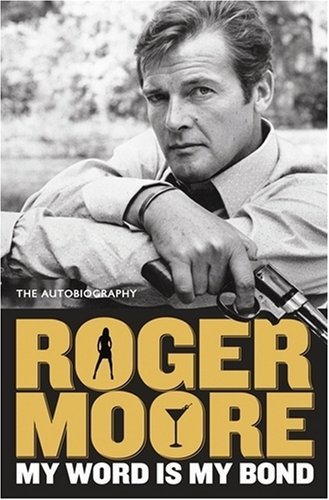According to The Independent, shortly before his death Moore sent a manuscript for a fourth book to his publisher.
Moore writes in a droll, anecdotal manner similar to the authorial style of his old friend, David Niven, who penned the bestselling memoirs The Moon's a Balloon (1971) and Bring on the Empty Horses (1975).
In My Word is My Bond Moore offers a full life story beginning with his lower-middle class London childhood and ending with his volunteer work for UNICEF. In between, of course, is the acting career that started when he was still a teenager and cast as an extra in the British produced film Caesar and Cleopatra (1945) starring Vivien Leigh and Claude Rains. The first half of the book has lots of name dropping, especially those of long bygone British stars. Following the trajectory of Moore's career, his twelve-year stint as James Bond isn't addressed until the second half of the book.




